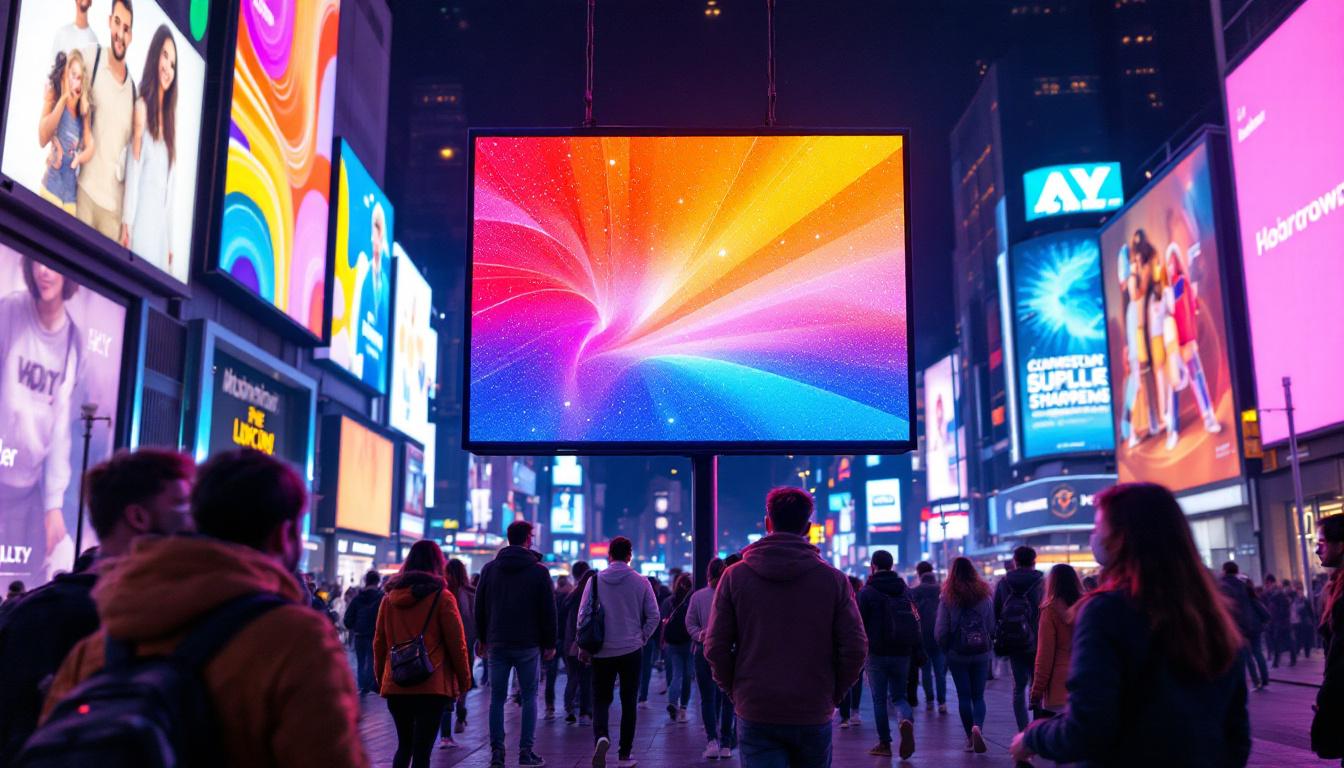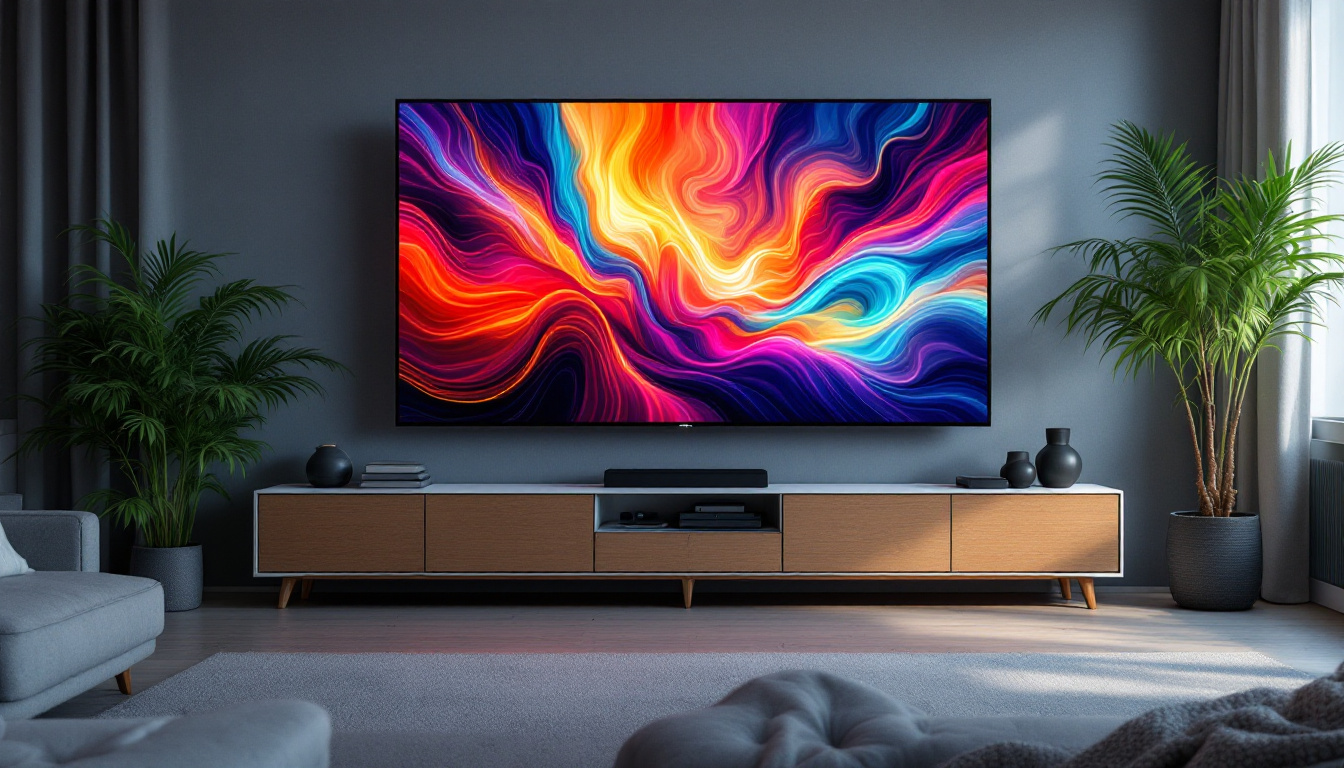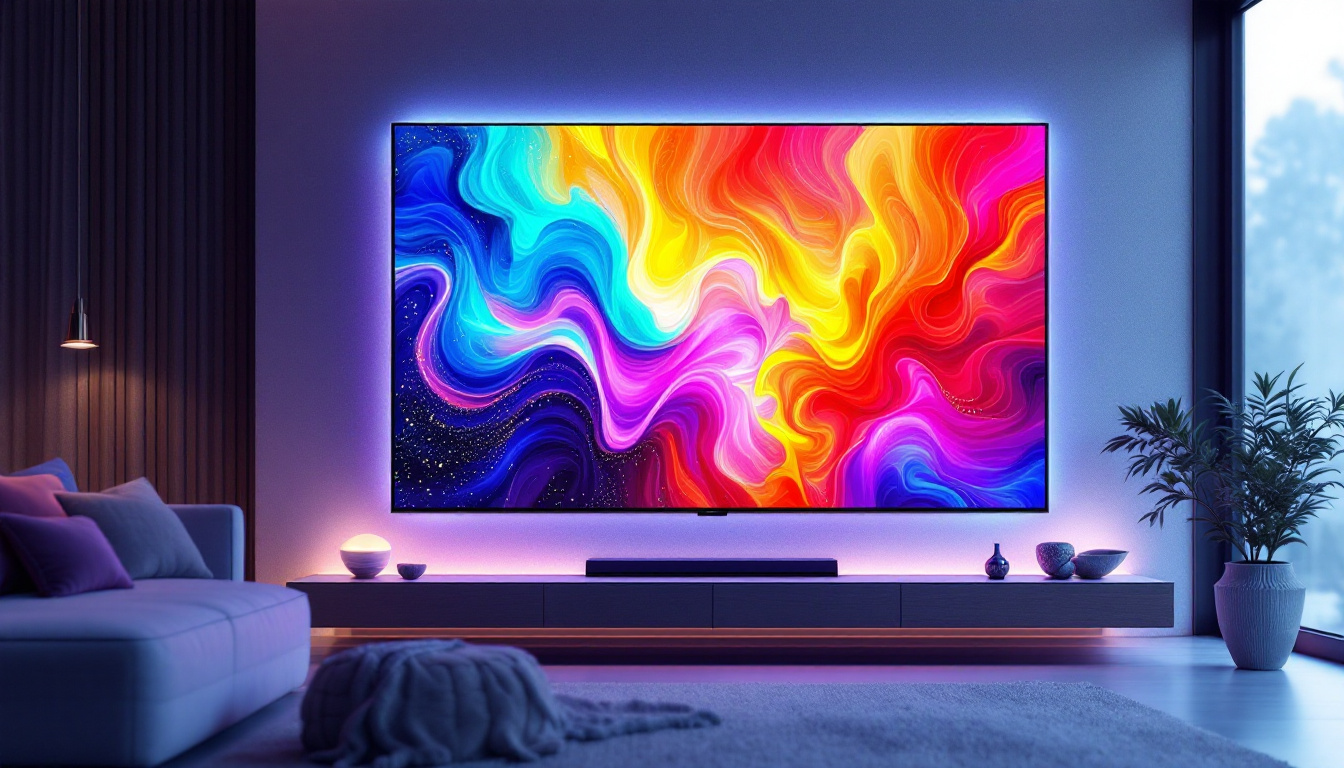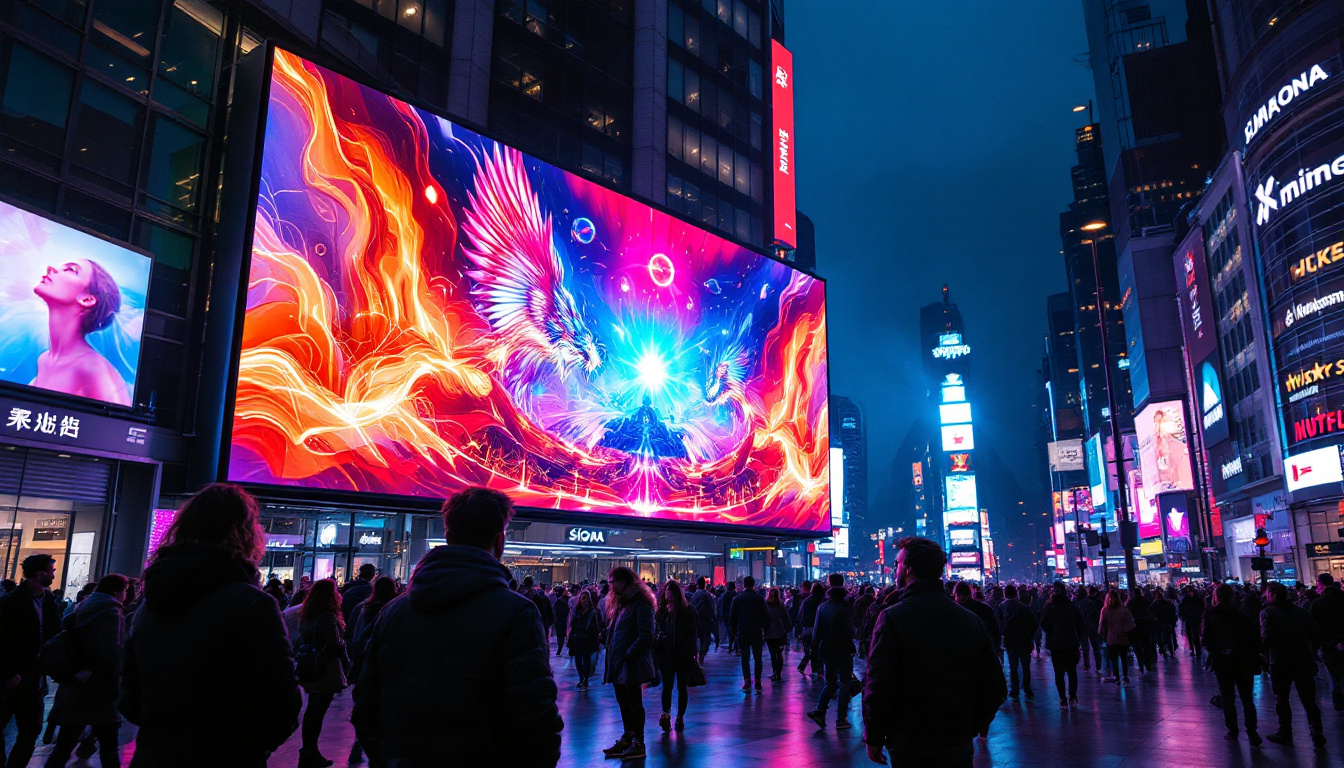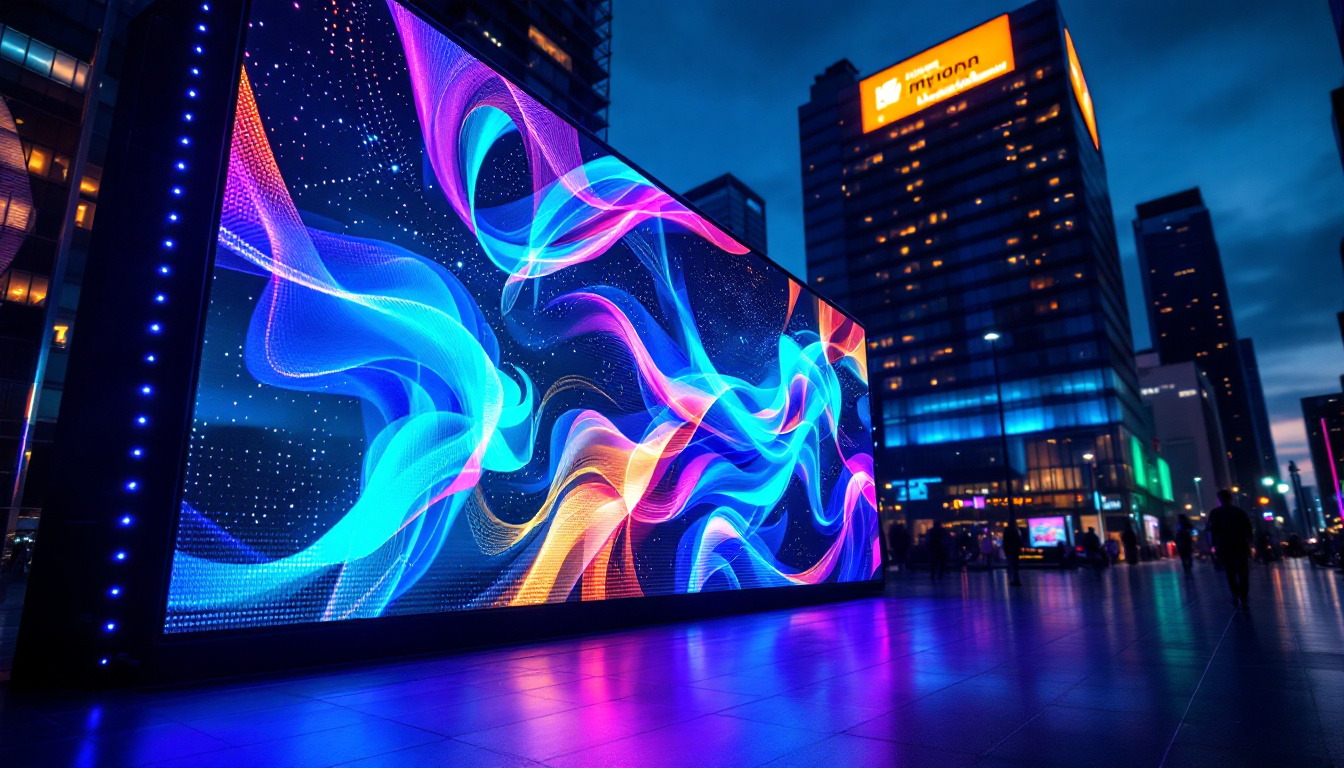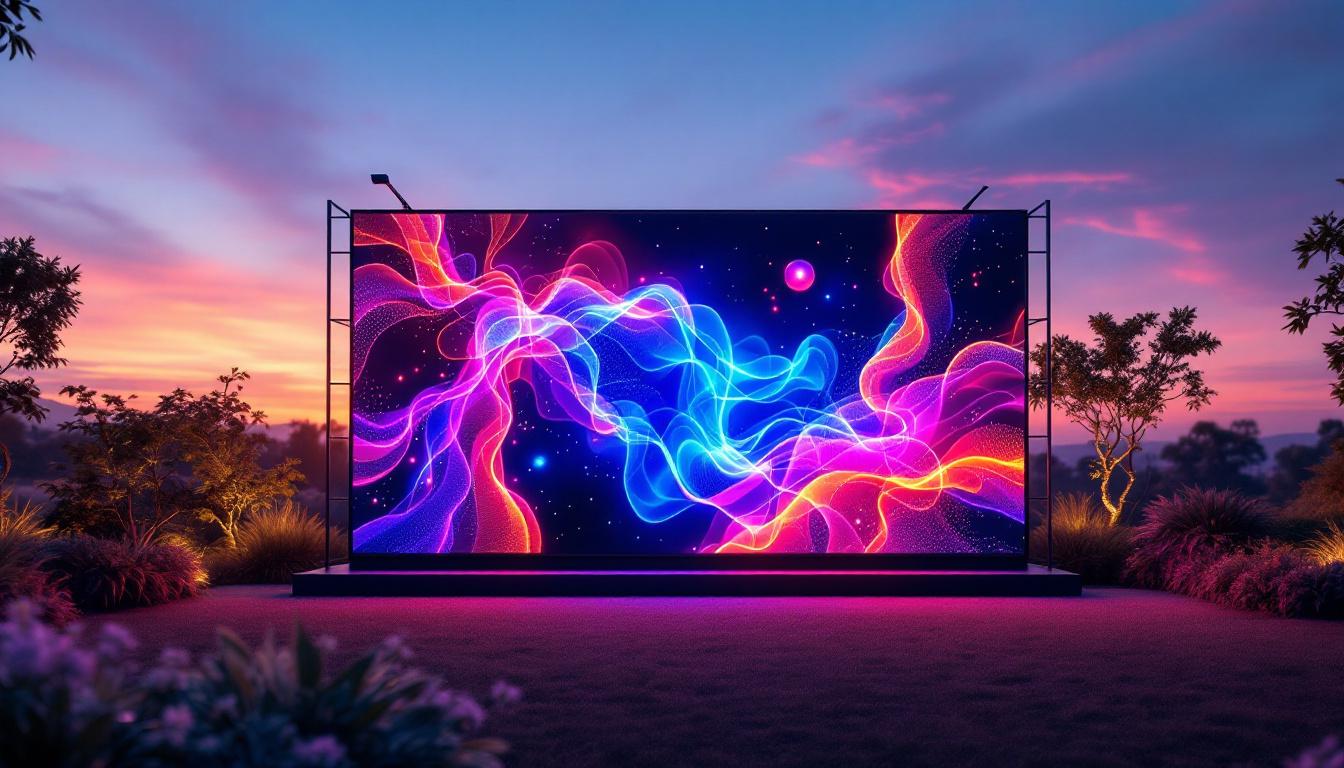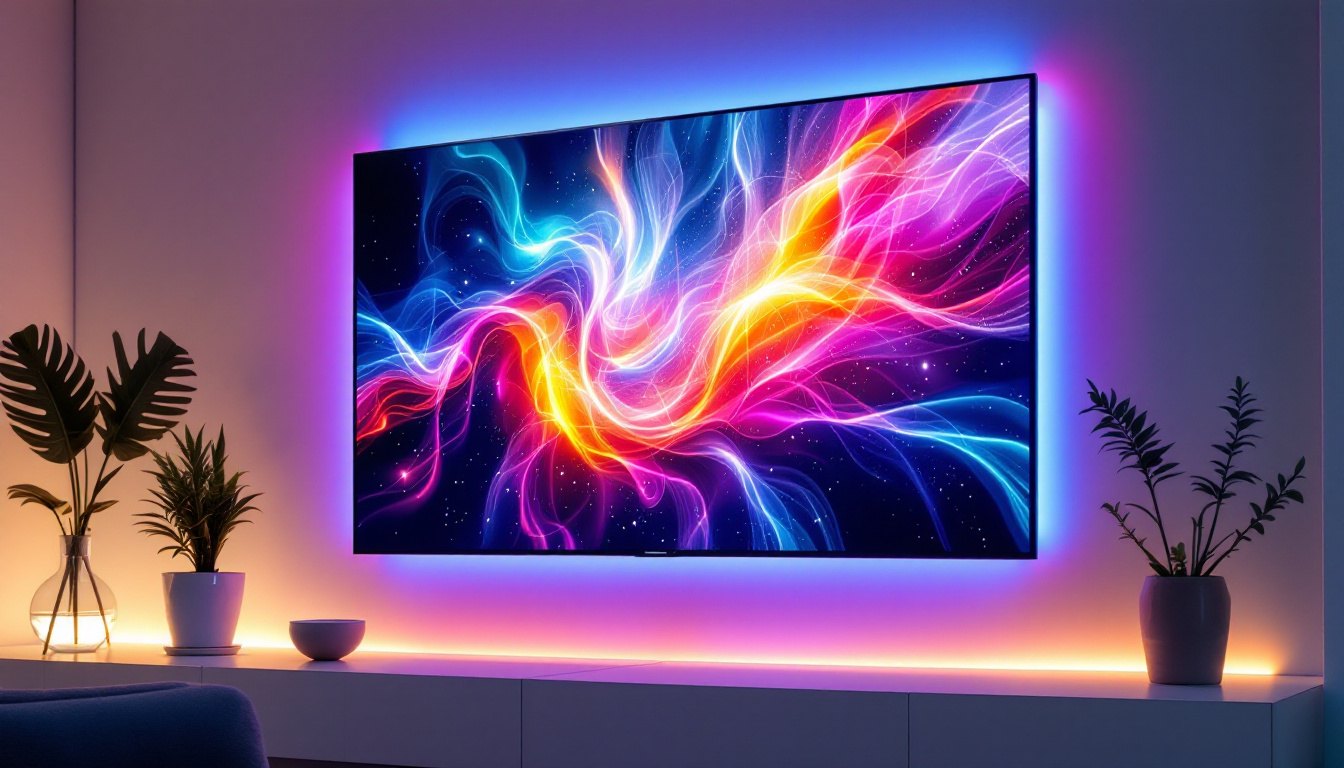In the world of modern technology, displays play a crucial role in how we interact with devices, consume content, and experience visual media. Among the various types of displays available, LCD (Liquid Crystal Display) and LED (Light Emitting Diode) technologies are two of the most prominent. This guide will delve into the intricacies of LED displays, explaining their functionality, advantages, and the differences between LCD and LED technologies.
Understanding LCD Technology
Liquid Crystal Displays, or LCDs, have been a staple in the display market for decades. They utilize liquid crystals sandwiched between two layers of glass or plastic. When an electric current passes through the liquid crystals, they align in a way that allows light to pass through, creating images on the screen.
How LCDs Work
The operation of an LCD involves several key components. The backlight, typically made up of fluorescent tubes or LEDs, provides the necessary illumination. The light passes through the liquid crystal layer, where it is modulated to create various colors and images. The front polarizer layer ensures that only the intended light reaches the viewer, while the color filters separate the light into red, green, and blue components, which combine to form the full spectrum of colors.
One of the significant advantages of LCD technology is its ability to produce sharp images with high resolution. This makes LCDs ideal for applications ranging from computer monitors to televisions. However, they do have limitations, particularly in terms of color accuracy and contrast ratios when compared to newer technologies. For instance, while LCDs can achieve impressive brightness levels, they may struggle to display deep blacks due to the nature of their backlighting. This is particularly noticeable in darker scenes, where the backlight can bleed through, resulting in a washed-out appearance.
Types of LCD Displays
There are several types of LCD displays, each designed for specific applications and environments. The most common types include:
- Twisted Nematic (TN): Known for their fast response times, TN panels are popular in gaming monitors. However, they often suffer from poor color reproduction and limited viewing angles.
- In-Plane Switching (IPS): IPS panels offer better color accuracy and wider viewing angles, making them suitable for professional applications like photo editing and graphic design.
- Vertical Alignment (VA): VA panels provide excellent contrast ratios, making them a good choice for watching movies and playing games in darker environments.
Additionally, there are variations within these categories that cater to specific needs. For example, some manufacturers have developed enhanced TN panels that improve color reproduction and viewing angles, while advanced IPS panels now feature faster refresh rates, making them more competitive for gaming. Furthermore, the advent of technologies like Quantum Dot and Mini-LED backlighting has begun to bridge the gap between LCDs and OLED displays, offering enhanced color performance and contrast without sacrificing the benefits of LCD technology. As the market continues to evolve, LCD technology remains a crucial player, adapting to meet the demands of both casual users and professionals alike.
Introduction to LED Technology
LED technology has revolutionized the display industry, offering brighter, more energy-efficient alternatives to traditional LCDs. While LED displays are often marketed as a separate category, they are actually a type of LCD that uses LEDs for backlighting instead of fluorescent tubes. This advancement has not only improved the quality of visual displays but has also paved the way for innovations in various sectors, including advertising, gaming, and home entertainment.
How LED Displays Work
LED displays utilize the same liquid crystal technology as traditional LCDs but enhance it with LED backlighting. This allows for improved brightness, contrast, and color accuracy. There are two primary types of LED backlighting: edge-lit and full-array.
Edge-lit LED displays have LEDs placed along the edges of the screen, which light up the liquid crystals from the sides. This design allows for thinner screens but can result in uneven brightness. Full-array LED displays, on the other hand, have a grid of LEDs behind the entire screen, providing more uniform lighting and better contrast ratios. The latter is particularly beneficial for high-definition content, where every detail matters, making it a preferred choice for professional applications such as graphic design and video editing.
Advantages of LED Displays
LED displays come with a host of advantages over traditional LCDs. Some of the most notable benefits include:
- Improved Brightness: LED backlighting allows for higher brightness levels, making displays more visible in well-lit environments.
- Better Color Accuracy: LED technology can produce a wider color gamut, resulting in more vibrant and accurate colors.
- Energy Efficiency: LED displays consume less power than traditional LCDs, making them more environmentally friendly and cost-effective in the long run.
In addition to these advantages, LED displays also boast a longer lifespan compared to their LCD counterparts. While traditional LCDs might require replacement after a few years of use, LED displays can last significantly longer, often exceeding 50,000 hours of operational time. This durability not only translates to savings on replacement costs but also reduces electronic waste, contributing to a more sustainable environment. Furthermore, the versatility of LED technology allows for a range of applications, from large outdoor billboards to compact screens in mobile devices, showcasing its adaptability across different platforms and industries.
Comparing LCD and LED Displays
While LED displays are often marketed as superior to LCDs, it is essential to understand that they are essentially two sides of the same coin. The key differences lie in their backlighting methods and resulting performance characteristics.
Brightness and Contrast
One of the most significant differences between LCD and LED displays is their brightness and contrast capabilities. LED displays, particularly those with full-array backlighting, can achieve higher brightness levels and deeper blacks than traditional LCDs. This is due to the ability of LEDs to turn off completely in dark areas of the image, creating a more pronounced contrast. Additionally, the enhanced brightness of LED displays allows for better visibility in well-lit environments, making them ideal for use in offices or homes with ample natural light. This characteristic also enhances the viewing experience for action-packed movies and video games, where clarity and detail are crucial.
Color Performance
Color performance is another area where LED displays excel. The use of LEDs allows for a broader color gamut, which means that LED displays can reproduce more colors than traditional LCDs. This is particularly important for applications such as graphic design and video editing, where color accuracy is paramount. Furthermore, advancements in LED technology, such as Quantum Dot displays, have further improved color reproduction, allowing for even more vibrant and lifelike images. This makes LED displays an excellent choice for photographers and artists who require precise color representation in their work.
Energy Consumption
Energy efficiency is a crucial factor in today’s environmentally conscious world. LED displays consume significantly less power than traditional LCDs, making them a more sustainable choice. This not only reduces electricity bills but also contributes to a lower carbon footprint. Moreover, the longevity of LED technology means that these displays often have a longer lifespan compared to their LCD counterparts, which can lead to less electronic waste over time. As consumers become more aware of their environmental impact, the shift towards energy-efficient LED displays is likely to continue, further solidifying their place in the market.
Viewing Angles
Another important aspect to consider when comparing LCD and LED displays is the viewing angle. LED displays, particularly those using IPS (In-Plane Switching) technology, tend to offer wider viewing angles compared to standard LCDs. This means that colors remain consistent and images do not wash out when viewed from different angles, making them ideal for group viewing situations, such as watching movies with friends or family. In contrast, traditional LCDs often suffer from color distortion and reduced brightness when viewed off-axis, which can detract from the overall viewing experience.
Response Time
Response time is also a critical factor, especially for gamers and fast-paced content consumers. LED displays typically have faster response times than traditional LCDs, reducing motion blur and ghosting effects during rapid scene changes. This responsiveness can significantly enhance the gaming experience, providing smoother visuals and a more immersive environment. For competitive gamers, the difference in response time can be the deciding factor in performance, making LED displays a preferred choice in the gaming community.
Applications of LED Displays
LED displays are versatile and can be found in a wide range of applications across various industries. Their unique properties make them suitable for both consumer and professional environments.
Consumer Electronics
In the realm of consumer electronics, LED displays are prevalent in televisions, computer monitors, and mobile devices. Their ability to deliver high-quality images and vibrant colors makes them a popular choice for entertainment and productivity.
Advertising and Signage
LED technology has transformed advertising and signage. Digital billboards and outdoor displays utilize LED technology to capture attention with bright, dynamic content. These displays are not only eye-catching but also energy-efficient, making them a preferred choice for businesses.
Medical and Professional Use
In medical and professional settings, LED displays are used in diagnostic equipment, surgical monitors, and control panels. Their high resolution and color accuracy are essential for tasks that require precise visual representation, such as medical imaging and data analysis.
Future Trends in Display Technology
The display technology landscape is continually evolving, with innovations emerging that promise to enhance the viewing experience further. Some of the trends to watch include:
MicroLED Technology
MicroLED technology is a promising advancement that combines the benefits of OLED and LED displays. It uses microscopic LEDs to create individual pixels, resulting in exceptional brightness, contrast, and color accuracy. MicroLED displays are expected to offer even better performance than current LED technologies while maintaining energy efficiency.
Flexible and Foldable Displays
Flexible and foldable displays are gaining traction in the market, particularly in smartphones and wearable devices. These displays can bend and curve, allowing for innovative designs and form factors that were previously impossible. As this technology matures, it could redefine how consumers interact with their devices.
Improved Energy Efficiency
As environmental concerns grow, manufacturers are focusing on improving the energy efficiency of displays. Future technologies may incorporate advanced materials and designs that reduce power consumption even further, contributing to a more sustainable future.
Conclusion
In summary, understanding the differences between LCD and LED displays is essential for making informed decisions when purchasing electronic devices. While both technologies have their strengths and weaknesses, LED displays stand out for their superior brightness, color accuracy, and energy efficiency. As technology continues to advance, the future of display technology promises even more exciting developments, ensuring that consumers have access to the best visual experiences possible.
Whether for personal use, professional applications, or advertising, LED displays are set to remain at the forefront of display technology, continually shaping how we engage with the digital world.
Discover LumenMatrix’s Advanced LED Display Solutions
Ready to elevate your visual experience with the latest in display technology? LumenMatrix is at the forefront of LED innovation, offering a diverse range of LED display modules tailored to your needs. From captivating Indoor and Outdoor LED Wall Displays to dynamic Vehicle and Sports LED Displays, our solutions are designed to make your brand stand out. Immerse yourself in the world of vibrant visuals with our LED Poster, Floor, Custom, and All-in-One LED Displays, including the cutting-edge LED Transparent Display. Experience the future of visual communication with LumenMatrix and transform how you engage with your audience. Check out LumenMatrix LED Display Solutions today and see your message come to life with unparalleled clarity and impact.







